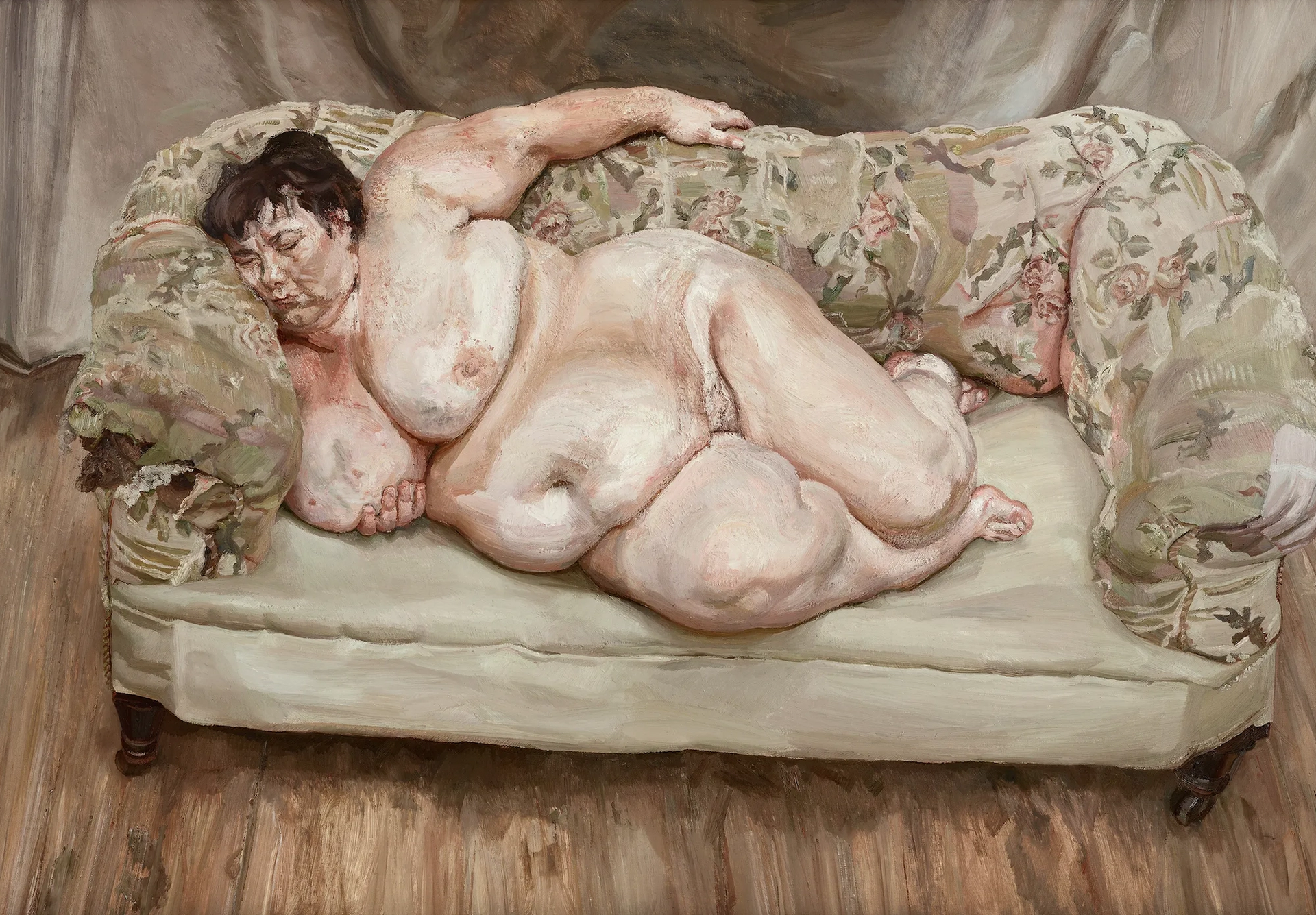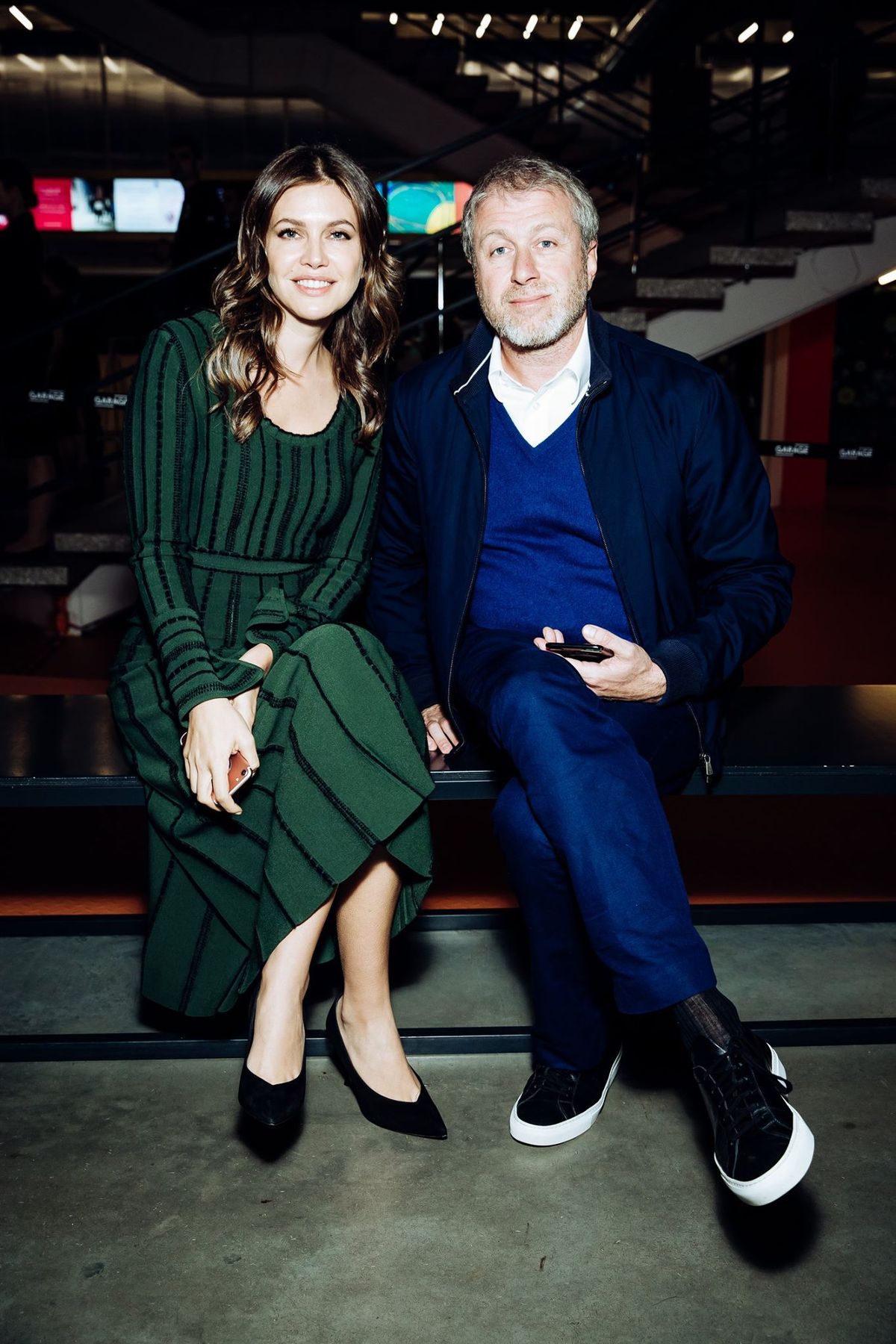An investigation by The Guardian newspaper has revealed that the Russian billionaire Roman Abramovich and his ex-wife Dasha Zhukova amassed a collection of 367 works valued at $963m, featuring artists such as Claude Monet, Piet Mondrian, René Magritte, Paula Rego and Lucian Freud. Around 2014, the collection was stored in a warehouse in south London, though its whereabouts today are unknown.
Abramovich, the former owner of Chelsea football club in the UK, and Zhukova acquired what experts believe is “one of the most significant private collections of modern art ever assembled, a trove of more than 300 pieces whose worth was estimated by the oligarch’s own assessors at almost $1bn”. Russian modernists such as Natalia Goncharova and Véra Rockline are also represented in the collection along with Francis Bacon, Frank Auerbach and David Hockney.
In 2008, The Art Newspaper revealed that Abramovich was the buyer of Bacon’s Triptych, 1976, which sold at Sotheby’s New York on 14 May that year for $86.3m as well as Lucian Freud’s Benefits Supervisor Sleeping (1995), auctioned at Christie’s the previous evening for $33.6m. Both works made auction history: the Bacon set the highest auction price ever for a post-war work of art, while Freud became the most expensive living artist, snatching the title from Jeff Koons.

Benefits Supervisor Sleeping (1995) by Lucien Freud
The details of Abramovich’s art collection came to light thanks to the Oligarch Files, a leak from the Cyprus-based offshore financial services provider MeritServus, analysed in collaboration with the OCCRP (Organised Crime and Corruption Reporting Project) and other international media partners.
The Guardian says that files, which run until March 2022, show that a company called Seline-Invest, originally incorporated in the British Virgin Islands and redomiciled in 2017 to Jersey, owned the works. It acquired them in 2017 and 2018 from the Harmony Trust, of which Abramovich was the sole beneficiary, via a series of 11 transactions.
Seline-Invest was in turn controlled by a Cyprus-based trust, the Ermis Trust Settlement, initially set up in 2010 for the sole benefit of Abramovich. In February last year, via a “deed of amendment”, Zhukova became “irrevocably entitled to 51%” of the trust’s distributions, the documents state. The Guardian reports that it understands that no pieces from the collection have been sold or disposed of since the change of beneficial interest last year.
In March last year Abramovich was put under sanctions by the UK government and the European Union though his lawyer told a court earlier this year that he has no links to Russia’s war in Ukraine. According to Forbes, he owns stakes in the Russian steel giant Evraz and nickel producer Norilsk Nickel and is worth $9bn.
Crucially The Guardian states: “There is no suggestion that Zhukova has ever taken any steps designed to undermine sanctions, including in connection with the collection. The art was owned by the trust, rather than by her, and she could not make decisions on its behalf.”
The collection is not subject to an asset freezing order, but the sanctions on Abramovich meant a loan agreement with the Ermis Trust, linked to works by Lucian Freud, could not go ahead with the National Gallery in London last year for the show Lucian Freud: New Perspectives. Other works from the collection have been loaned out, however, including two works by Paula Rego which were shown at her Tate Britain retrospective in 2021.
Abramovich co-founded the Garage Museum of Contemporary Art in Moscow with Zhukova, whose most recent Instagram post shows the artist Ed Ruscha at the Museum of Modern Art in New York (in the 2019-20 MoMA annual review, she is listed as a donor to MoMA PS1). At the time of publication, neither Abramovich nor Zhukova could be reached for comment.


